While the Corvette and Camaro may be GM’s longest-lived performance icons, Cadillac has bitten off more than its share of the GM motorsports pie over the past two decades. The road-going result is V: the performance series that was born 20 years ago and promises to continue — hopefully for at least 20 more. With electrification around the corner, we’re taking a look back at the internal-combustion legacy of the Cadillac V series. To think it all started with just one model.

2004 CTS-V
The first CTS-V was a slap in the face to European luxury sedan sensibilities. Its overhead-valve, 5.7-liter (later 6.0) V8 was raucous and rude in the company of Germany’s finest overhead-cam offerings, but the car was undeniably quick and unlike previous attempts at sporty Cadillacs, it could properly zig. Not only that, but it established a key attribute that would go on to define future V-Series Cadillacs: its oddball size. Too big to match the BMW M3 and Mercedes C63 pound-for-pound but not beefy enough to compete with Germany’s midsizers, the CTS-V in some ways defied categorization. While it only ever mattered in magazine tests, this legacy was passed down to the smaller ATS.
The first-gen CTS-V’s 400 horsepower may seem paltry by modern standards, but for the time, that was more than enough to compete, and the V helped establish GM’s rear-wheel-drive Sigma platform as a world-class performance chassis.
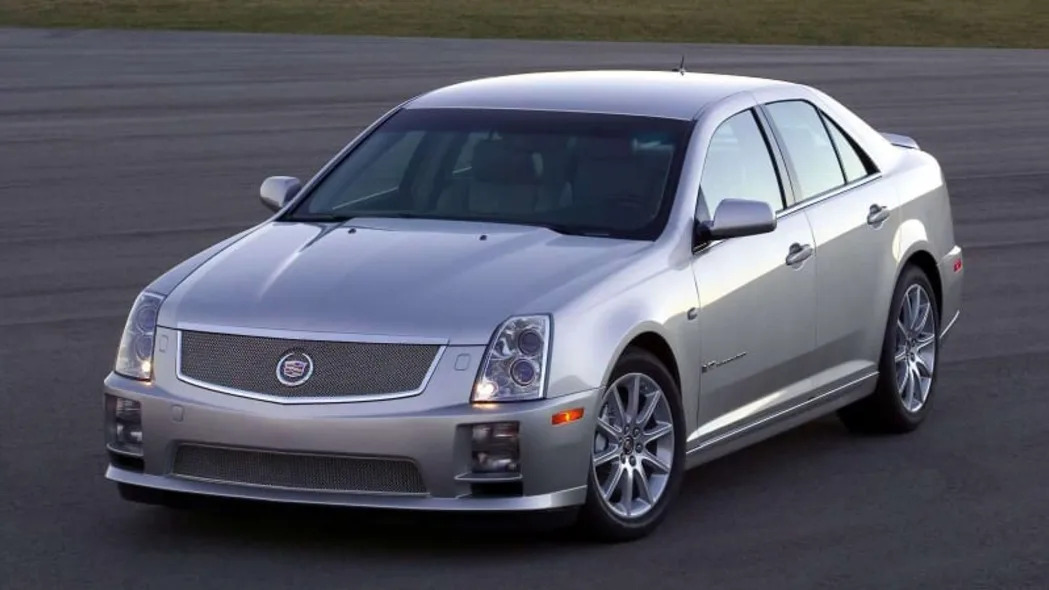
2005 STS-V
Before landing on the V-Series formula as we understand it today, Cadillac made a few segues. The STS-V wasn’t misguided per se but it illustrates how wide of a net GM initially tried to cast. Unlike the CTS, the STS utilized GM’s Northstar overhead-cam V8 with a supercharger slapped on top. That may have looked more sophisticated than the CTS-V’s LS V8 on paper (and had more power to boot), but it didn’t offer any real-world advantages. The STS also lacked the CTS’s smaller, more responsive chassis, and it never really caught on with buyers.
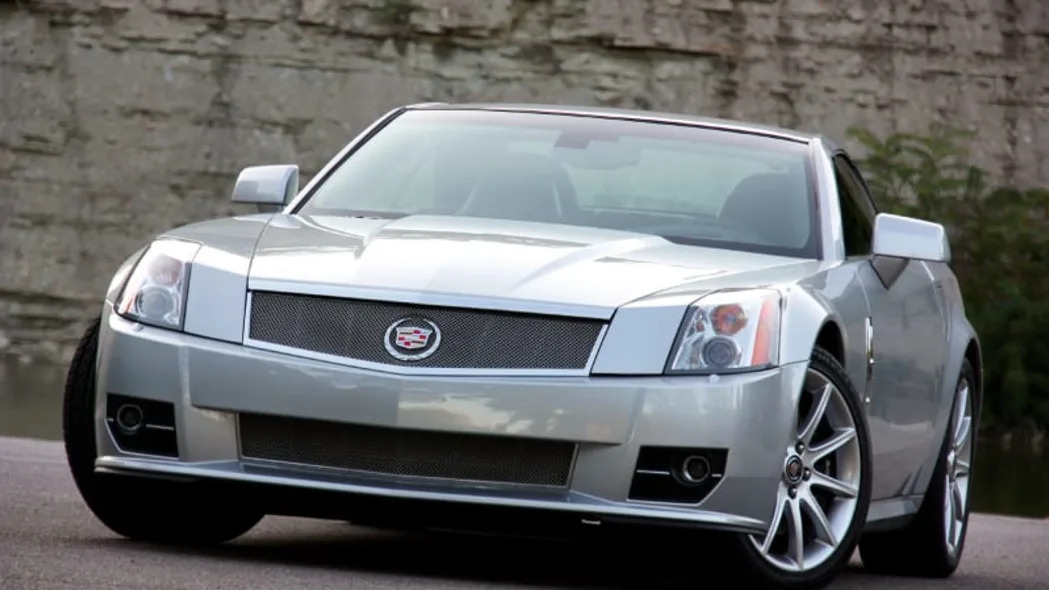
2006 XLR-V
On the subject of weird, the XLR-V is by far the biggest outlier in this list. Not a Cadillac in the strictest sense, but rather a Corvette chassis re-engineered to accommodate the same supercharged Northstar V8 that was utilized in the STS. Like the bigger sedan, the XLR-V was a bit of a consumer dud. Given that it offered less power than the STS-V and was never offered with a manual transmission, it had little going for it other than its wild looks and conversation-starter packaging. A Cars & Coffee hero, to be sure, but a track hero? Eh.

2009 CTS-V
Now we’re cooking. The 2009 CTS-V was the first of the truly brutish modern V models and established the formula as we understand it today: big forced induction power, athletic chassis and virtually no compromises. The ’09 and up CTS-V packed on a supercharger for a far more potent 550-horsepower output. Yeah, it grew (and spawned both a coupe and the above wagon), but so did its competence. Now certainly too large to be taken seriously as an M3 or C63 competitor, it continued to defy traditional luxury segmentation, but nobody could refute its performance credentials. V was the real deal.
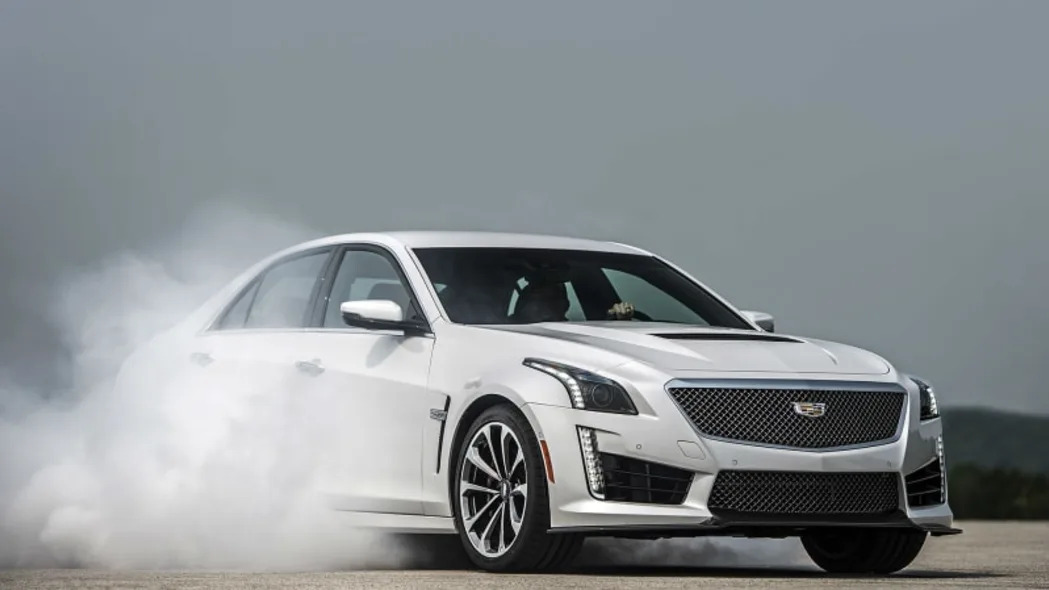
2014 CTS-V
At the risk of sounding dramatic, the third-gen CTS-V was a case of two steps forward, one step back. This was the first CTS to ride on the new Alpha chassis, which GM developed to do everything Sigma had done, only better. Alpha underpinned the CTS, ATS and 6th-generation Chevy Camaro and soldiers on today beneath both of Cadillac’s Blackwings. It’s a winner. But the 2014 CTS-V came only as a sedan and lacked a critical element for many V buyers: a manual transmission. Cadillac went on to correct this error with the CT5-V Blackwing.
This generation of CTS also gave birth to the V-Sport, which, like BMW’s M Sport, offered performance upgrades without forcing buyers to commit to a full-blown V model. This legacy carries on in the CT4- and CT5-V, which are now subordinate to the big-power Blackwings in Cadillac’s branding hierarchy, but we’re getting a bit ahead of ourselves.
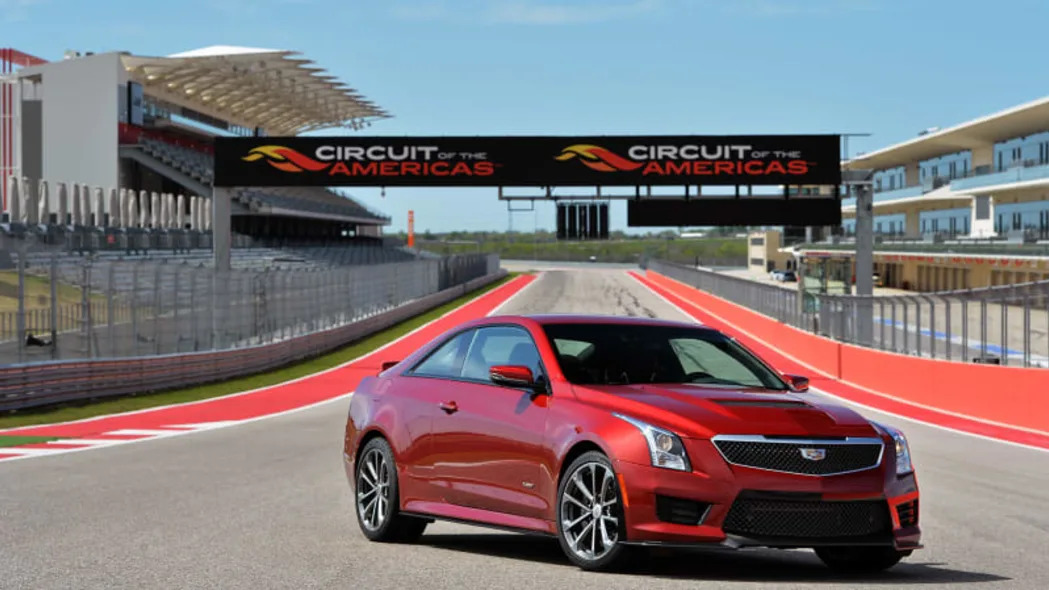
2016 ATS-V
The first fresh V-series entry since the XLR came in 2015 when Cadillac decided it would build a smaller sedan to compete with Europe’s compact and subcompact sedans. Sized similarly to a BMW 3 Series, the ATS spawned a 464-horsepower V model that carried on in the dynamic footsteps of its larger, V8-powered sibling. Powered by a twin-turbocharged variant of GM’s 3.6-liter V6, it lacked the CTS-V’s boisterous rumble, but it was no slouch in the corner-carving department. A coupe and sedan were both offered, but the V was introduced late in the ATS’s life and only lasted for three model years.
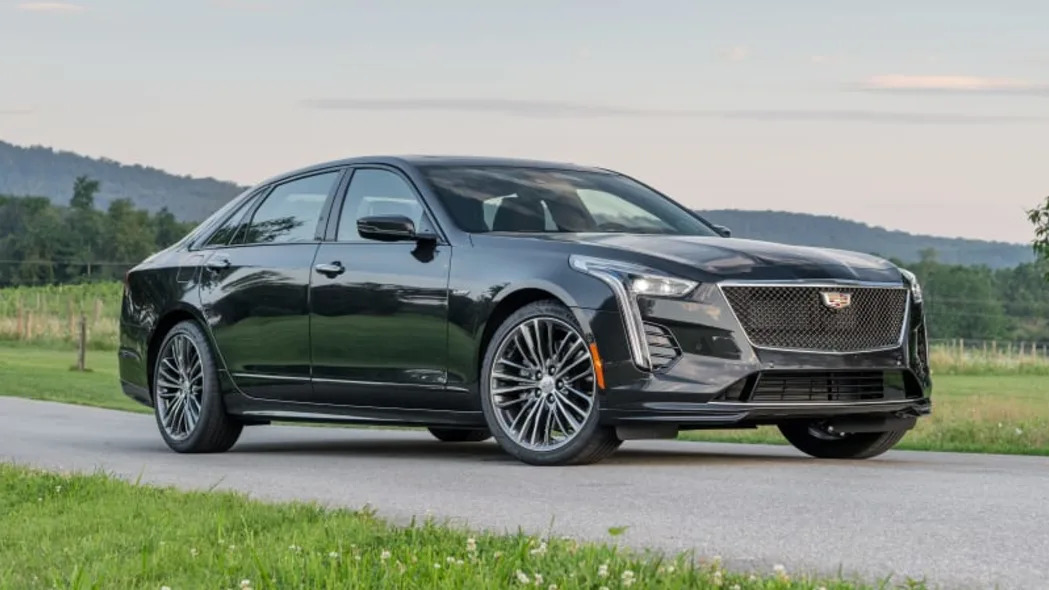
2016 CT6-V
The CT6-V was in many ways a throwback to the 2006 STS-V, but while it would be easy to simply accuse GM of repeating the mistakes of its previous not-quite-luxurious-enough midsize foray, the CT6-V was killed off as part of GM’s larger push away from the four-door segment. Unfortunately, this was also at the core of Cadillac’s strategy to take the luxury fight back to the Europeans. It was the only car to ever ship with a brand-new, 550-horsepower, turbocharged overhead-cam V8 dubbed “Blackwing,” and rather than kicking ass and taking names, its legacy is limited to the branding now worn by two cars that have nothing at all to do with the Blackwing V8 program. Oof.
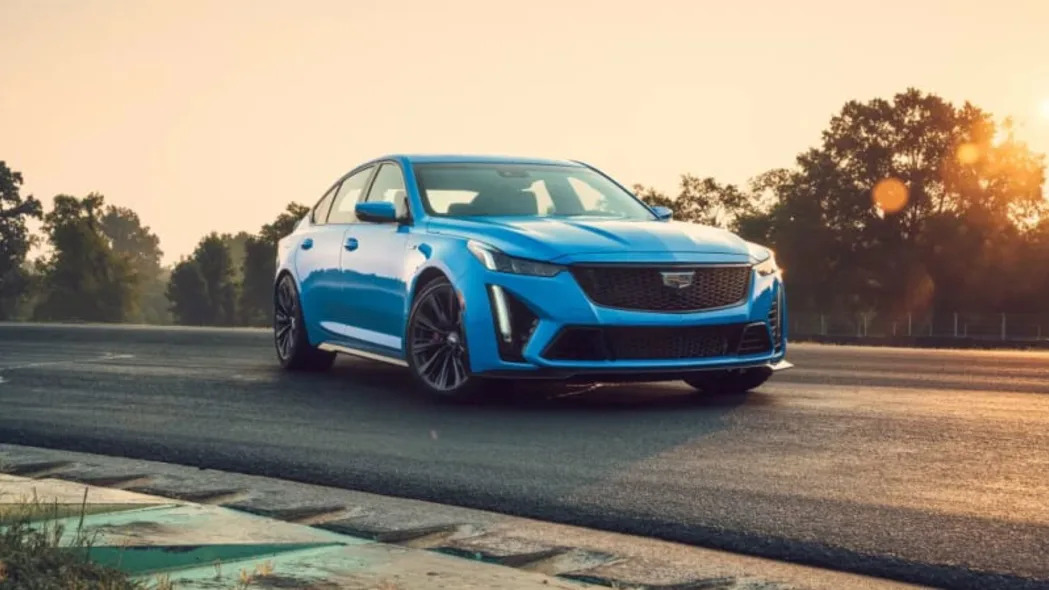
2022 CT5-V Blackwing
Forgive us for counting backwards, but in our defense, it’s Cadillac’s fault. With its European strategy out the window, GM decided to triage Cadillac’s performance program and salvage only whatever made sense for its dwindling American enthusiast audience. The CTS became the CT5 but the branding hardly mattered; it’s the same car, right down to the screaming 6.2-liter supercharged V8 under the hood. And yes, there’s a stickshift again. As V8 performance cars go, this one’s hard to beat, especially if you prefer old-fashioned, rear-wheel-drive shenanigans to the more clinical approach offered by Europe’s AWD lineups.
As with the previous CTS, the current generation has a “V-Sport” variant, but it’s just called the CT5-V.

2022 CT4-V Blackwing
Like the CTS, the ATS was rebranded in acknowledgement of Cadillac’s aspirations for continental conquest. Fortunately, it’s still pretty much the ATS underneath, only with a gnarlier exhaust and some new tricks up its sleeve. Like its louder sibling, the CT4-V Blackwing is still offered with a manual transmission and a little more power than the small sedan it replaced, and yes, it’s exclusively available in rear-wheel drive. If you want four driven wheels, you’ll have to settle for the standard CT4-V. Trust me, you don’t want to.

2023 Escalade-V
If the STS-V and XLR-V were weird, this one’s just insane. Unlike the CT4-V and CT5-V, the Escalade-V gets a Blackwing-grade engine. Unlike the sedans, however, you won’t be setting any lap records in this massive brute. Its 682 horsepower makes it an absolute rocket ship on the highway, but there are no high-tech tricks designed to turn the Escalade into a corner-carver. It merely converts gasoline to noise in a celebration of straight-line sensation.

TBD: Opulent Velocity
And thus we arrive at today’s concept. We know little about Opulent Velocity apart from our vague impressions of its shape and Cadillac’s promise to do something V-like with it. What will that mean in the electrified era? We’ll just have to wait and see.

